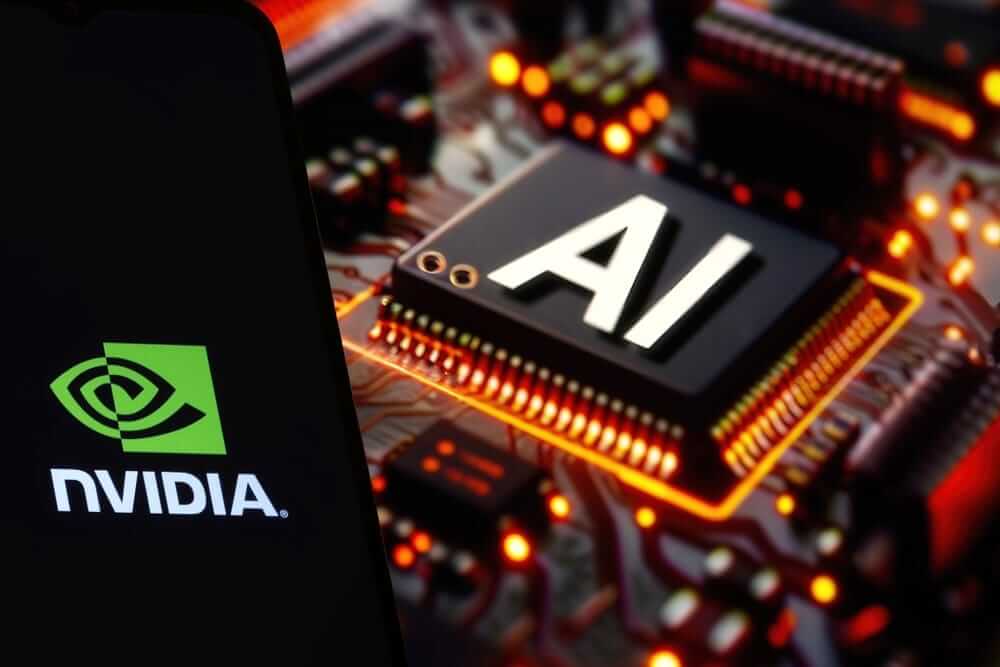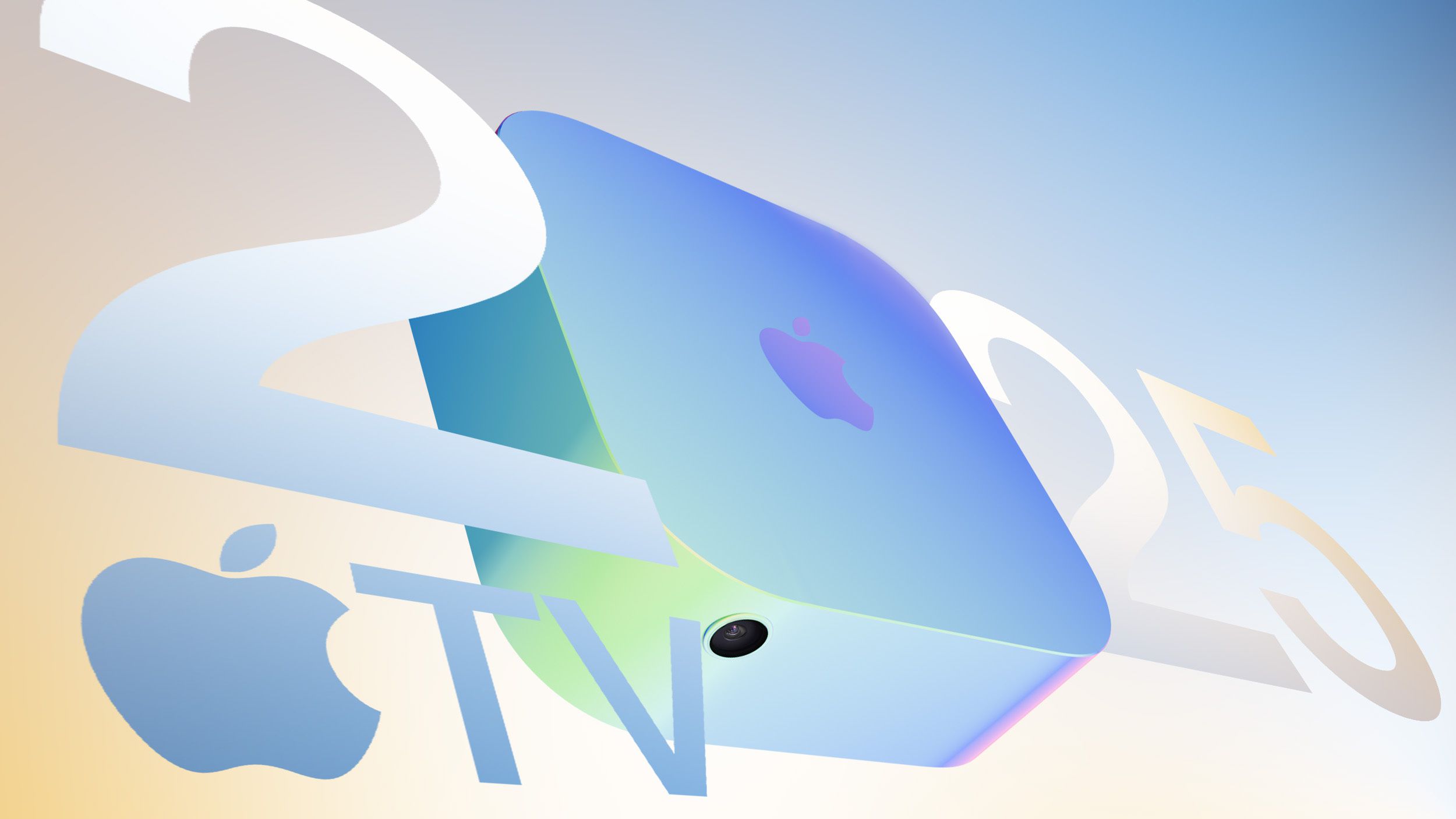Nvidia (NVDA) has become the undisputed face of Wall Street’s artificial intelligence (AI) revolution — the chipmaker powering everything from ChatGPT to autonomous driving. Known for its cutting-edge GPUs and deep partnerships with tech giants, Nvidia’s silicon sits at the heart of the AI gold rush. The company’s shares have been on an unstoppable climb, hitting fresh all-time highs a couple of days ago, and crowning Nvidia as the world’s most valuable company.
Now, another spark has been added to the rally, with Nvidia just picking up another bull this week. This time, HSBC upgraded NVDA to a “Buy” rating and hiked its price target to a Street-high $320 — a call that, if realized, would push its market capitalization toward a staggering $8 trillion. The bank’s confidence rests on expanding AI demand, easing trade tensions with China, and renewed momentum in chip supply.
But with NVDA stock already soaring sky-high, should investors still consider adding the chip stock to their portfolios now? Or wait for a better entry point?
About Nvidia Stock
Based in Santa Clara, California, Nvidia hardly needs an introduction. It is the spark plug behind the entire AI revolution. Once known for powering gaming rigs, Nvidia flipped the script by diving headfirst into AI, turning its GPUs into the brains running most of the world’s AI systems today.
Nvidia’s CUDA, the free software platform, quietly locked in a generation of developers and made Nvidia’s ecosystem the industry standard. Now, its chips, networking, and software run as one seamless engine built for speed and dominance. With a market capitalization of $4.5 trillion and partnerships that include OpenAI, Nvidia’s influence runs deep.
Nvidia does not seem to know what brakes are. Every time skeptics call the stock overpriced, it hits the gas again. The AI boom has turned NVDA stock into the poster child of unstoppable momentum.
The year began rough — export curbs to China, tariff hikes, and geopolitical tension cast a long shadow. CEO Jensen Huang even warned about losing a $50 billion market. For a brief moment, sentiment cracked. Then the tide turned. NVDA stock rallied hard, now up 39% year-to-date (YTD) and a massive 75% over the past six months alone. The stock hit a fresh high of $195.62 on Oct. 10 before a pullback.
On the technical side, the chart hints at a pause. Back in July, the 14-day Relative Strength Index (RSI) was flirting with 80, flashing that classic “too hot to handle” overbought signal and indicating that a cooldown was in the cards. That is exactly what we are seeing now. The RSI has slipped to around 49 as of this writing, showing the momentum has eased off as the stock takes a well-deserved pause.
Meanwhile, the MACD oscillator sends mixed signals. The blue signal line just crossed above the orange MACD line, hinting that short-term momentum is weakening, while the downward-trending orange line confirms cooling price acceleration. Bulls remain in control, but they are likely pausing to catch their breath as bears quietly circle for an opening.
NVDA stock might look pricey at 43.16 times forward earnings, towering over peers, but compared to its own historical average it is actually cheaper. With double-digit earnings growth on deck and margins holding steady, the valuation feels more justified than frothy. Its 1.31 times PEG ratio even tilts attractive, hinting that NVDA’s premium might just be well-earned.
Nvidia’s Q2 Results Top Projections
Nvidia’s fiscal second-quarter 2026 earnings report was released on Aug. 27, and once again, the numbers were nothing short of impressive. The chip giant generated $46.7 billion in revenue for the quarter, up 56% year-over-year (YOY), with adjusted EPS hitting $1.05, a 54% annual jump that blew past Wall Street’s expectations.
The star of the show, without a surprise, was the data center business, which pulled in a record $41.1 billion. Nvidia’s new Blackwell architecture is clearly doing the heavy lifting, with Blackwell Data Center revenue jumping 17% sequentially. The company kicked off production shipments of the GB300 and saw strong momentum with the Blackwell Ultra platform, which generated billions in sales and redefined AI inference performance. Networking wasn’t far behind either, clocking a record $7.3 billion thanks to red-hot demand for Spectrum-X Ethernet and InfiniBand solutions.
Gross margins stood at an enviable 72.7%, helped by the release of reserved H20 inventory. Nvidia even scored about $650 million in H20 sales to a non-China customer, a neat offset amid export uncertainties.
Looking ahead, management projects Q3 revenue of around $54 billion, plus or minus 2%, excluding uncertain H20 sales to China amid export curbs. Meanwhile, Q3 non-GAAP gross margin is expected to be around 73.5%, give or take 50 basis points. The company also announced a $60 billion share buyback plan, signaling serious confidence in its future.
Analysts monitoring Nvidia remain upbeat about the company’s growth. For fiscal 2026, EPS is forecast to rise 44% annually to $4.22, followed by another sharp surge of 40% to $5.92 in fiscal 2027.
What Do Analysts Expect for Nvidia Stock?
While others are still trying to catch their breath from NVDA stock’s last rally, HSBC is already looking ahead, betting that the next leg of the AI revolution will keep Nvidia in the driver’s seat. HSBC flipped its rating on NVDA to a confident “Buy” from a “Hold,” setting a Street-high price target of $320 on the stock, up from $200. If that number hits, Nvidia’s market cap could brush an eye-watering $8 trillion.
Analyst Frank Lee says the story is far from over. The total addressable market for AI GPUs is expanding well beyond the hyperscalers, driving what he calls “room for significant [fiscal 2027] earnings upside.” Add to that a potential easing of China’s GPU restrictions if the U.S. and China strike a trade deal, and the story starts to look even brighter.
The analyst also hiked the fiscal 2027 Chip-on-Wafer-on-Substrate (CoWoS) capacity estimate to 700,000 wafers, up from 480,000, signaling a revival in momentum at Taiwan Semiconductor (TSM). That jump could fuel a wave of data center revenue upgrades and reinforce the idea that Nvidia’s AI GPU dominance extends far past traditional cloud spending.
Overall, analysts are optimistic about NVDA, giving the stock a consensus rating of “Strong Buy.” Of the 47 analysts covering the stock, 40 advise a “Strong Buy,” while two suggest “Moderate Buy,” four advise a “Hold,” and only one suggests a “Strong Sell.”
The average analyst price target for NVDA is $222, indicating potential upside of 19%. HSBC’s Street-high target price of $320 suggests that the stock could rally as much as 72% from here.
On the date of publication, Sristi Suman Jayaswal did not have (either directly or indirectly) positions in any of the securities mentioned in this article. All information and data in this article is solely for informational purposes. For more information please view the Barchart Disclosure Policy here.
First Appeared on
Source link













